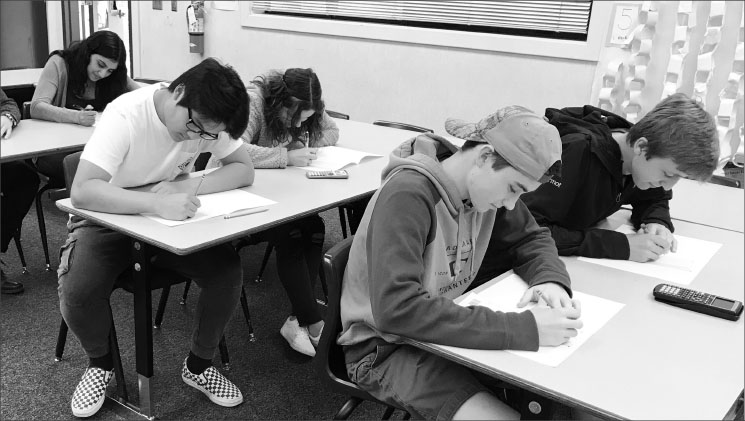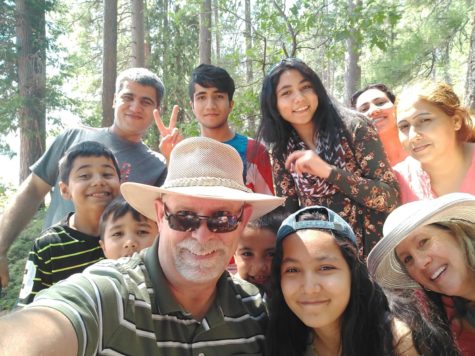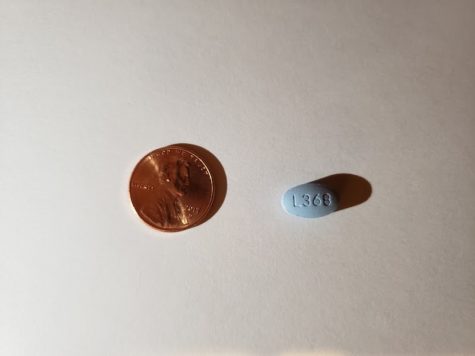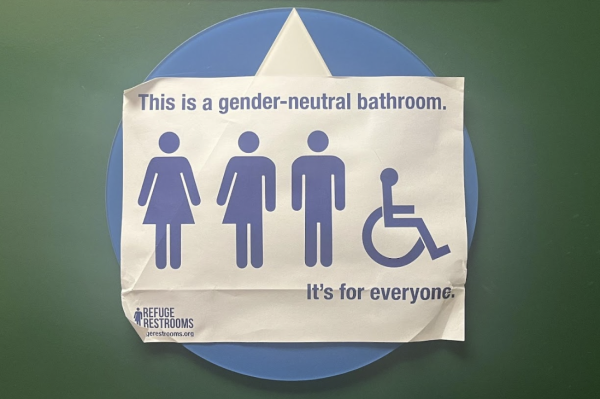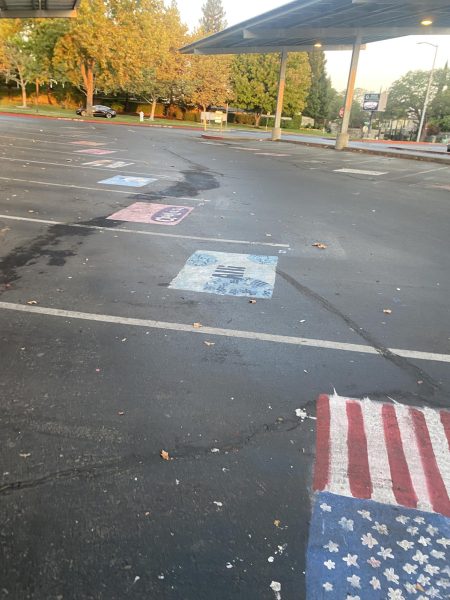To test or not to test…
Students weigh the importance of taking the PSAT multiple times during high school
Every year, millions of high school students take the Preliminary Scholastic Aptitude Test, also known as the PSAT.
Freshmen, sophomores and juniors can all register to take the test, although only juniors are eligible to qualify for the National Merit Scholarship which is awarded based on PSAT score.
“Nearly 4.3 million students took the (test) during the 2016-17 school year, an increase of more than 46,000 from 2015-16,” said the College Board director of media relations, Maria Eugenia Alcon-Heraux.
According to Alcon-Heraux, more than half of 2016 PSAT test takers were sophomores, while 42 percent were juniors.
From a test that is just under three hours, a student can gain hundreds of thousands of dollars in scholarship money. The scholarship is worth $2,500 toward a student’s college tuition bill, but top qualifiers can earn scholarships worth up to $200,000.
At Granite Bay High, although there were no National Merit Scholarship finalists named this fall, 16 seniors were named National Merit commended scholars because of their from 2016.
“I was very surprised (because) I didn’t think I would get anything because California is pretty good at testing,” senior David Song said. “(All of the commended scholars) got pink slips to go the office, and we all found out … a couple weeks ago.”
In order to be eligible for the National Merit Scholarship, students must meet their state cutoff score, which is converted to an index.
For example, a PSAT score of 1,250 out of a maximum score of 1,470 converts to an index of 182, which, in 2014, was equivalent to the 89th percentile of all national test takers.
On average, the 99th percentile of all PSAT test-takers includes scores that range all the way from 1,360 to 1,520.
The PSAT is scaled down to a maximum of 1,520 instead of the SAT’s maximum of 1,600 in order to help predict a student’s future SAT scores.
“The PSAT was pretty much the same as my SAT,” Song said. “I got a 1,440 on the PSAT and a 1,520 on the SAT, so they’re around the same score.”
“The PSAT was pretty much the same as my SAT. I got a 1,440 on the PSAT and a 1,520 on the SAT, so they’re around the same score.” –David Song, senior
In California, the minimum score for qualification is 1,470 which converts to a state index of 222. If a student’s index reaches 222 or higher, they can be considered for the scholarship.
This year, the PSAT was offered on Oct. 25.
“I (took) the PSAT this year to prepare myself for the real SAT, which I’ll be taking next year,” sophomore Summer Holt said. “I want to have a good understanding of what I know and how the test is formatted before I take the SAT.”
The PSAT is offered once a year and is free for all sophomores thanks to the federal College Readiness Block Grant, which helps pay for every sophomore in the Roseville Joint Union High School District that takes the test.
“I took the PSAT (this year) because I wanted to get extra practice taking standardized tests,” junior Mikayla Deblaquiere said.
According to GBHS students, the distribution of sophomores and juniors who took the test this year seems to match up with national statistics – more than half were sophomore test-takers, and most of the rest were juniors.
“The majority of the people I know (took) the PSAT, because I am a sophomore and most sophomores take this test,” Holt said. “My friends and I all just want to see where our level of understanding is for this test.”
Deblaquiere said it seemed like not that many juniors registered for the test at GBHS.
“My goal was not to qualify for any awards, I just wanted to improve my score,” Deblaquiere said. “I think I did well except for the math section … however, the other sections were very easy.”
Although the PSAT is not utilized for college admissions, it is a great practice method to help prepare for the actual SAT, and it can provide opportunities for scholarship money.
“I am honestly not too worried about what score I receive,” Holt said. “I want to do well, but I don’t think it’s something to stress over. It gives me the opportunity to review some material that I may not know about, so then I’ll be prepared for the real test.”



